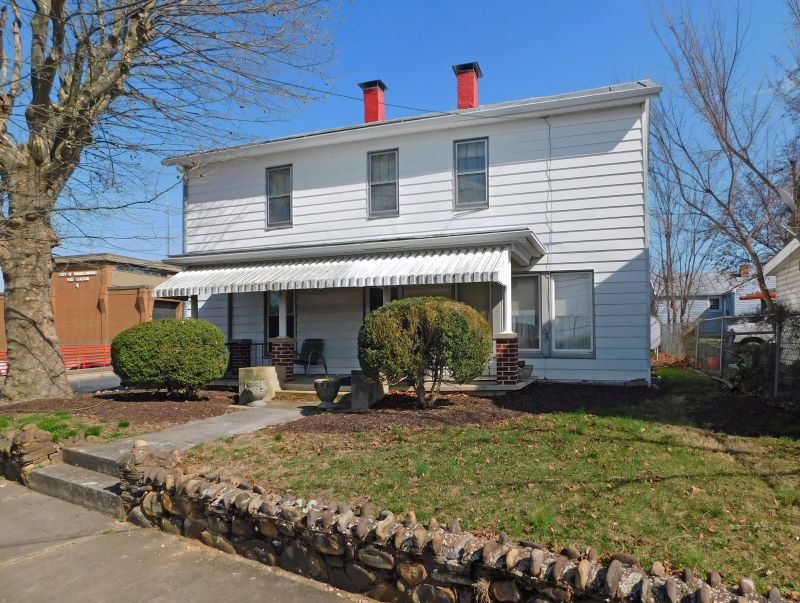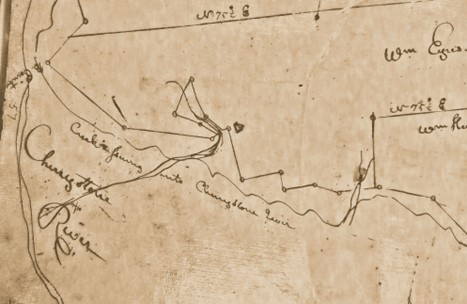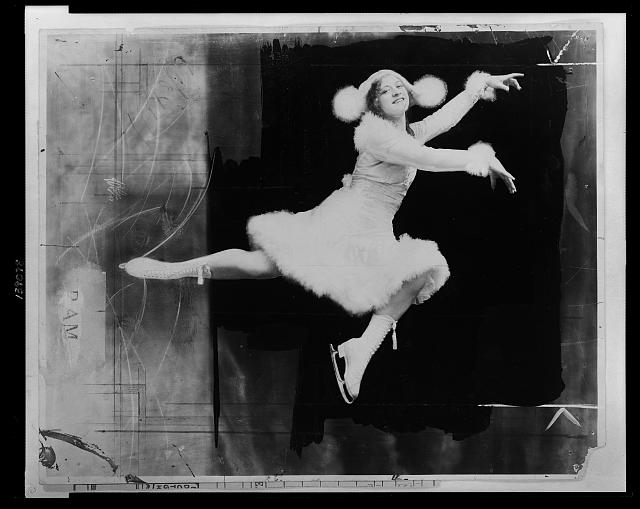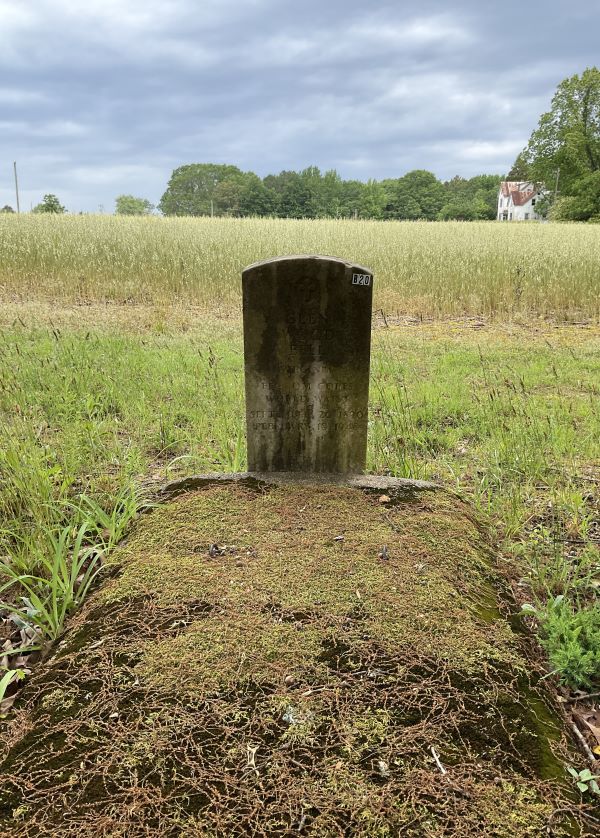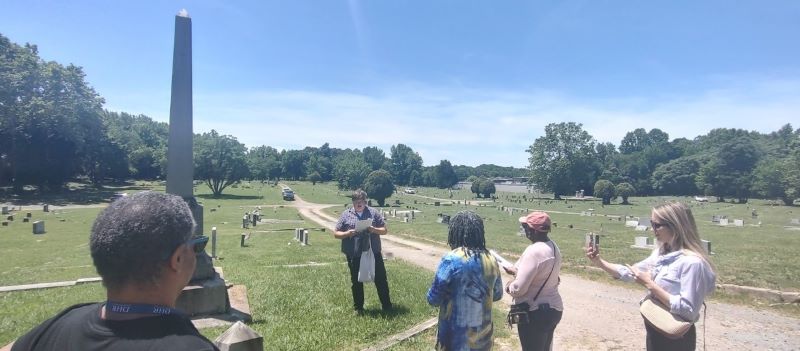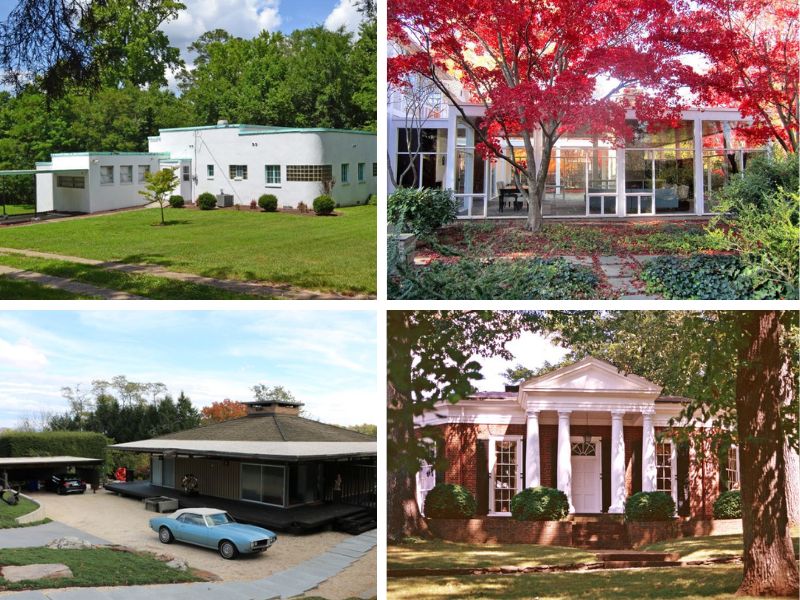Online Resources about History, Archaeology & Architecture—in Virginia & Beyond
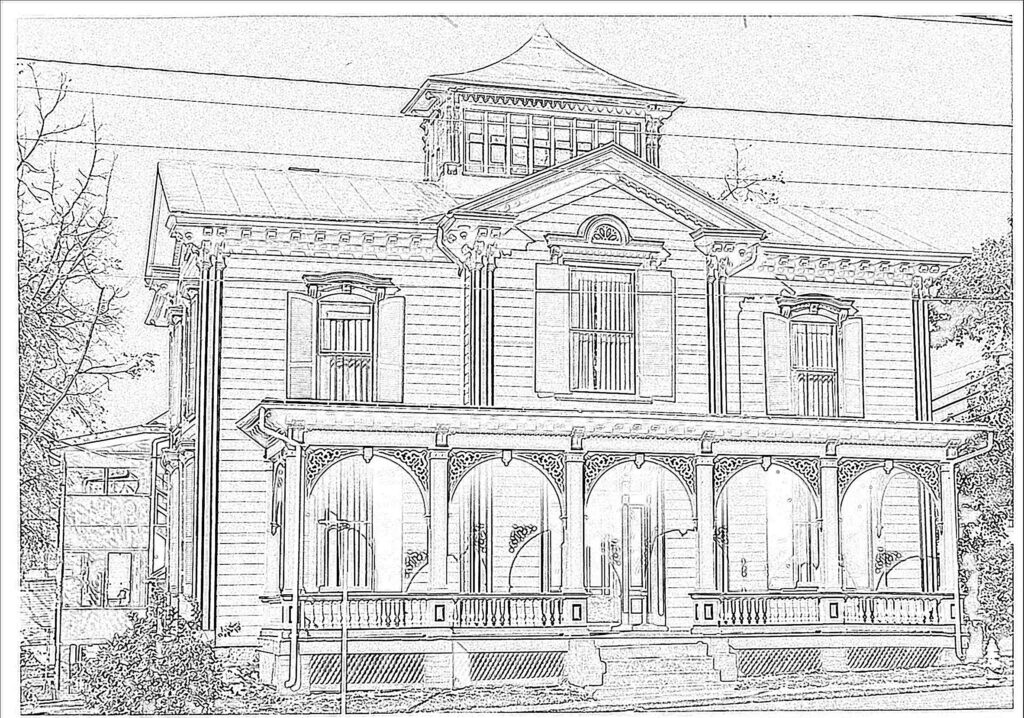
DHR staff has compiled this list of online tools, activities, lesson plans, and other material for parents, teachers, students, and anyone seeking engaging content about Virginia history, archaeology, and architecture or other specific aspects of our cultural heritage.
We will continue to add to this webpost weekly, if not daily. If you have suggestions for additional content that DHR may want to consider adding, please contact Randy Jones (540-578-3031), DHR, public information officer.
Updated with new links frequently.
Virginia History, General Online Resources
Some of these venues/links have lesson plans and activities; some are more content focused and intended for teachers and students doing research for papers and projects:
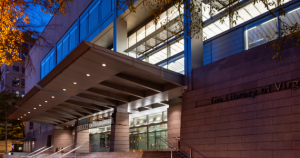
- Library of Virginia, using collections
- Encyclopedia Virginia
- National Science Teaching Association. A free 30-day membership provides access to more than 12,000 resources and tools.
- "Teaching With Historic Places" in Virginia. Instructional material and units from the National Park Service.
- Virginia History Trail App: . . . with 20 trails containing over 400 stories, the Virginia History Trails is easy to love. Find a trail that interests you and simply follow that route. And with the Virginia History Trails app, you get the story of each site - what happened, why it happened and who the major players were. And why each site is important to American history.
- Virginia Museum of Natural History, Education Resources Page
- Virginia Museum of History and Culture, learning resources
History, Specific Topics and Themes:
African American (Va. and Beyond)
- American Folk Life Center, Civil Rights History Project. Congress passed legislation in 2009 to create this project. It's nationwide in scope, but you can search for Virginia-specific and other topics.
- Civil Rights Trail, a website sponsored by a group of state tourism councils; lots of good content.
- Freedmen's Bureau Project, excellent site with searchable records.
- Freedom on the Move, about fugitives from North American slavery; resources for teachers, students, general public.
- Geography of Slavery in Virginia, digitized primary sources, great for students and teachers.
- Mapping the Green Book, about the Jim Crow–era travel guides for African Americans; lots of links, articles, photos.
- Montpelier's Mere Distinction of Color, an exhibit about slavery and its lasting aftermath.
- Virginia Slave Housing Project, offers content that parents, teachers and students can use to learn about slave housing.
Native American
- Indigenous Cultural Landscapes of the Greater Chesapeake Bay, link leads to a pdf of an NPS report about cultural landscapes and watershed priorities.
- Virginia Humanities' Virginia Indian Archives.
Wars
- American Civil War Museum, educator resources for grades 5-12
- 1914-1918 International Encyclopedia of World War I
Other Topics
- History Unfolded: U.S. Newspapers and the Holocaust, aimed at educators and researchers, this site offers a searchable database of articles that appeared in Virginia and other states' newspapers.
- NASA Langley Research Center, lots of digitized materials about the history of the space race and much more.
Historical Maps
- Cornell Univ. Library: Persuasive Cartography (from the website): This is a collection of “persuasive” cartography: more than 800 maps intended primarily to influence opinions or beliefs - to send a message - rather than to communicate geographic information. Also, you can go to this link to access other collections in the Cornell library.
* - USGS National Maps, a link particularly for historic topo maps.
Activities for Students and Others
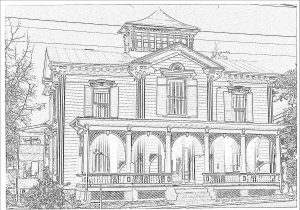
- 13 Virtual Ways to "Edutain" Kids About History and Preservation. Lots of ideas and websites geared for youth.
- Archaeological artifacts to color: Download line drawings of artifacts from VCU's Virtual Curation Laboratory to color.
- Bee Hotel. Make a bee hotel for your garden. Let the Virginia State Parks teach you how to attract bees to your yard with an easy craft project that uses recyclable materials.
- Color a Painted Lady (pdf): A DHR booklet with four historic houses just crying out for you fill in with your own color design. An activity for kids or adults!
- Free audio books available online. Smithsonian magazine provides a guide and links to sites with free audio book streaming, for all ages.
- Download coloring pages from international collections (from Smithsonian magazine)
- More coloring options from the Virginia Museum of History and Culture: Color Our Collections
- Films to stream. From the NY Times: "Film Treasures, Streaming Courtesy of the Library of Congress. The astonishment of riches includes up-close looks at our history in hundreds of films. And they’re all free." The article surveys what's available at the LOC with lots of links to help you navigate the more than 7,000 videos the LOC has online.
- How to Explore Architecture with Kids. Exploring architecture with kids from an early age can help foster their creativity and expose them to potential new hobbies and career paths. The site offers ideas and examples for learning activities.
- Lego Challenge, Famous Landmarks Around the World (from the website): We love ideas for making learning fun with children from preschool, pre k, kindergarten, first grade, 2nd grade, 3rd grade, 4th grade, 5th grade, 6th grade, junior high, and high school. Even adults will have fun with these Lego building ideas for kids which are fun and educational at the same time!
- Livestream Learning Opportunities. Tips from Smithsonian magazine, from hip-hop dancing to science experiments you can do at home.
- National Geographic Kids, this site offers games, videos, animals, and exploration.
- Recreate 3-D artifacts using cardboard: Instructions on how to build a 3-D artifact using cardboard from VCU Virtual Curation Laboratory.
- Activities from the Shenandoah Valley Discovery Museum: Daily postings of activities to engage learning through play, including videos, hands on science projects, art projects, read aloud books, physical activities and more – all around a daily theme.
- Virginia Landmarks Register (VLR) Online: Explore Virginia's historic landmarks and districts. You can search for places by their name or by going to a list of individual sites or historic districts in your city or county that are on the VLR and the National Register of Historic Places. Each site listed on the registers includes a photograph and summary paragraph(s) about the place, with links to the nomination form that earned the site or district listing on the state and federal registers.
- Virginia Historical Marker Database: Explore historical markers in Virginia. You can search markers by county or city or by key words. The database provides the text of each marker (and in many cases a photo of the sign) as well as a location map for the marker.
Museum Offerings
Many museums provide virtual tours of galleries and videos or audio recordings of lectures online:
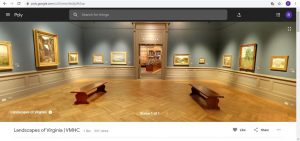
- Virginia Museum of History and Culture:
Virtual Tours: - The Story of Virginia
- Landscapes of Virginia
- Determined: The 400-Year Struggle for Black Equality
- Agents of Change: Female Activism in Virginia from Women's Suffrage to Today
Banner Lectures Online (from the VMHC website): Explore more than 250 hours of recorded lectures by world renowned authors and speakers in our Banner Lectures Archive. Topics cover a variety of aspects of Virginia history, including famous Virginians, historical events, business and industry, warfare, ecology, women's history, African American history, Native American history, government and politics, popular culture, and more. A few recent lectures include:
-
- Bound to the Fire: How Virginia’s Enslaved Cooks Helped Invent American Cuisine by Dr. Kelley Fanto Deetz
- Inventing Disaster: The Culture of Calamity from the Jamestown Colony to the Johnstown Flood by Dr. Cynthia A. Kierner
- Searching for Stonewall Jackson: A Quest for Legacy in a Divided America by Ben Cleary
Banner Lectures video/audio archive.
- National Air and Space Museum: Air and Space Anywhere: Anytime, anywhere you can enjoy a variety of online programs, stories, videos, activities, virtual tours, and resources from us here at Air and Space.
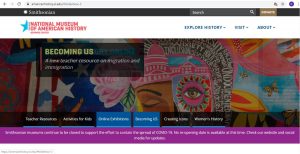
- National Museum of Natural History
Virtual Tours: The museum's doors may be closed, but you can experience the museum from home with virtual tours of exhibits past and present.
* - Smithsonian magazine offers virtual tours of the Smithsonian Institution's museums' galleries and 10 other museums you can visit.
Historic Sites, Online Resources
- 11 National Trust Historic Sites and National Treasures to Explore Virtually (from the website): To facilitate every armchair traveler who is staying safe at home right now, we’ve pulled together a list of some of our favorite virtual tools for you to explore.
- George Washington's Mount Vernon: Take a virtual tour & find online educational resources.
- James Madison’s Montpelier
- “Digital Doorway” for online digital content
- Online courses for high school and college age students.
- Jamestown Rediscovery, materials for educators and students.
- Jamestown Settlement and the American Revolution Museum at Yorktown have a variety of online resources to visit the museums virtually through apps, blogs, interactives, videos and a series of curriculum-based lesson plans for teachers and students. History is Fun - at Home offers insight to stories of 17th- and 18th-century Virginia and connects online viewers with curators, historical interpreters and educators. New educational broadcasts from the museums are scheduled twice a week for at-home audiences, Tuesdays and Thursdays, at 10 a.m., 11 a.m. and 12 p.m.
- Monticello, digital resources for educators.
- Preservation Virginia Properties Go Digital. Hear all about the architectural features and histories of PV's historic sites online.
- Red Hill Patrick Henry National Memorial, learning videos.
- Old Salem (NC) EXPLORATORIUM. Online field trip series for schools. The series of 5- to 10-minute experiences will bring students in direct visual (but not physical!) contact with our master craftsman and educators.
Architecture
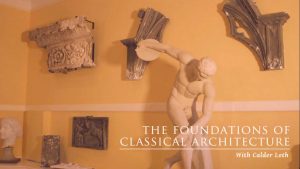
- The Foundations of Classical Architecture (series of videos): Those wanting to familiarize themselves with the long history of classicism might start with “The Foundations of Classical Architecture,” a series of four one-hour videos put out by the Institute of Classical Architecture & Art (ICAA) and available on YouTube. Narrated by the scholar of architecture Calder Loth, they proceed in turn through Greek Classicism and Roman Classicism to Classical Motifs and Details. (Especially enjoyable is the fourth, which culminates in an amusing roster of buildings that violate Classical Design Principles, such as the “absurd” Archaeological Museum of Macedonia, one institution that should have known better than to jumble the Doric and Ionic orders across its facade.) -- From a Wall Street Journal Op-Ed.
* - Historic Brickwork: A Design Resource: Another excellent course from Calder Loth, Historic Brickwork: A Design Resource examines different brickwork styles found on American buildings from the colonial period into the 20th century. The discussion includes European origins, regional styles, brick manufacturing, mortar joint types, as well as decorative details.
*
DHR architectural style guides:
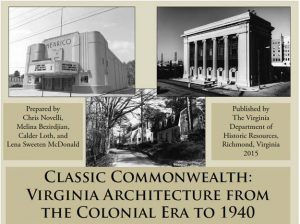 Classic Commonwealth: Virginia Architecture from the Colonial Era to 1940: An online publication designed to aid professionals, students, and readers of all walks in identifying the numerous types and styles of historic buildings in the Commonwealth. The guide offers an overview of Virginia’s architectural heritage within the context of larger historic trends, from the colonial-era through to the early 20th century. The majority of the publication consists of “Style and Form” information sheets explaining and illustrating with lots of photos character-defining features of the many historic architectural styles. See also, the New Dominion Virginia Style Guide (below), which covers Virginia architectural trends from the 1940s to the 1990s.
Classic Commonwealth: Virginia Architecture from the Colonial Era to 1940: An online publication designed to aid professionals, students, and readers of all walks in identifying the numerous types and styles of historic buildings in the Commonwealth. The guide offers an overview of Virginia’s architectural heritage within the context of larger historic trends, from the colonial-era through to the early 20th century. The majority of the publication consists of “Style and Form” information sheets explaining and illustrating with lots of photos character-defining features of the many historic architectural styles. See also, the New Dominion Virginia Style Guide (below), which covers Virginia architectural trends from the 1940s to the 1990s.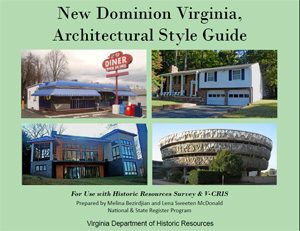 New Dominion Virginia Architectural Style Guide: This guide offers an overview of the major historic and architectural trends in Virginia from 1946 to 1991. Similar to the guide above, this one also provides "Style and Form" sheets that illustrate and explain character-defining attributes of late-20th century architectural styles.
New Dominion Virginia Architectural Style Guide: This guide offers an overview of the major historic and architectural trends in Virginia from 1946 to 1991. Similar to the guide above, this one also provides "Style and Form" sheets that illustrate and explain character-defining attributes of late-20th century architectural styles.
*- Colonial Williamsburg has Facebook page, "Architectural Preservation and Research."
Archaeology
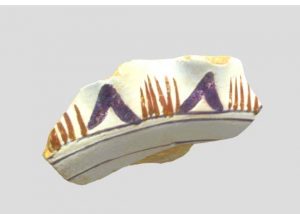
- Ask an Archaeologist: Do you have an artifact you’ve found in Virginia that you would like to know about? Send us a photo or several of good quality and focus. Ideally, the photo(s) will have a scale – a ruler or a coin or something recognizable pictured next to the object so that we can get a sense of the size of the item. Also, please let us know approximately where the item was found. Our team of experts will get together, identify the item, and give it some context – its function, and who would have used it and where it was made, etc. We are interested in both historic and pre-contact period artifacts – broken or whole. See items submitted thus far.
- DHR Collections Online, 3-D Scans: Dr. Bernard Means at Virginia Commonwealth University created a sketchfab site featuring 3-D images of artifacts from DHR collections.
- The Society for American Archaeology Teaching Activities: From their website: As a science, archaeology focuses on understanding the many ways people of the past lived. . . . The activities [at the link] are designed to help students connect with how people in the past lived and understand how scientists study people who lived hundreds and even thousands of years ago.
- Archaeological Institute of America Educator Resources: From their website: Interested in learning more about archaeology or in using archaeology in classrooms or public outreach? The AIA is committed to providing useful, informative, and responsible resources for you.
- Build Your Own Monument: A Challenge from the Archaeological Institute of America (from the website): To celebrate the tenth anniversary of International Archaeology Day, we invite you to try your hand at replicating some of the most iconic archaeological sites of all time. There will be separate competitions for youth, families, and adults and considerations will be made for the sites that are the most realistic and/or use the most original materials.
Miscellaneous:
- 68 Cultural, Historical and Scientific Collections You Can Explore Online (also from Smithsonian magazine)
Training and Related Info for Preservation Professionals:
- NPS Technical Preservation Services has online training units that are geared more towards rehabilitation and the tax credits.
* - The Advisory Council on Historic Preservation (ACHP) has seven courses available for FREE on the eLearning portal and has just added a 60-minute course, "What Now? Protecting Historic Properties in Disaster Recovery." It also recently posted an overview of Section 106 highlighting opportunities for Native Hawaiians and Native Hawaiian Organizations to participate in the process. Go to the eLearning portal to learn how to access the eLearning courses. Or, if you've already created an account, go directly to https://achp.golearnportal.org/ to begin learning today! In May 2020, ACHP offers a free stay-at-home Webinar Series of four webinars to introduce decision makers, project managers, consulting parties, and others with limited experience to the principle requirements of Section 106 review. The schedule for the series is as follows:
- May 7 - 3 pm Eastern time - What is Section 106? A blended learning Q&A
- May 14 - 3 pm Eastern time - Defining the Area of Potential Effect
- May 21 - 3 pm Eastern time - e106 and Section 106 Documentation
- May 28 - 3 pm Eastern time - Planning for Successful Section 106 Agreements
Find out more and register for one or all four of the webinars.
